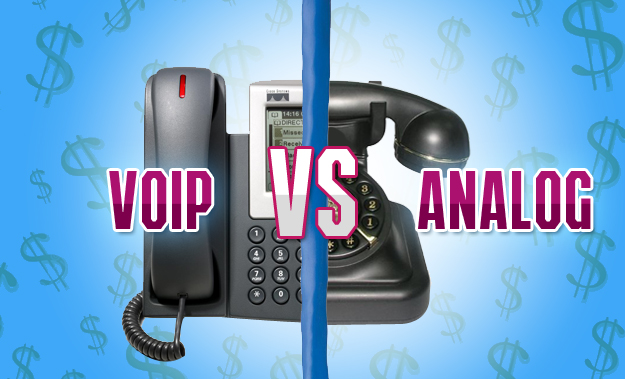VoIP and POTS (Plain Old Telephone Service) are two different types of phone systems. VoIP stands for Voice over Internet Protocol, while POTS refers to traditional landline telephone service.
One of the main differences between VoIP and POTS is how they transmit voice signals. POTS uses dedicated copper wires to carry analog voice signals between telephones, while VoIP converts these signals into digital data packets that are transmitted over an IP network like the internet.
Here are some other key differences:
Cost: VoIP tends to be less expensive than POTS because there’s no need for a separate infrastructure of copper wire lines. Instead, existing broadband connections can be used. In addition, VoIP offers free calling within the same network, regardless of location.
Reliability: POTS has historically been more reliable since the copper lines are typically dedicated solely to phone calls. However, as we move away from landlines in general, this becomes less of an advantage.
Features: VoIP generally offers more features than POTS does. For example, with VoIP you can have multiple numbers on one line, call forwarding, and voicemail-to-email. Many providers also offer mobile apps so users have access to their desk phones when they’re out of office.
Flexibility: Because it works over broadband connections, VoIP allows workers to take their work phone anywhere they have internet connection. Phones can even be connected from remote locations or through mobile devices.
In summary, POTS and VoIP both have advantages and disadvantages, but overall, VoIP is becoming the preferred method of communication due to its cost-effectiveness, advanced features, and flexibility.

